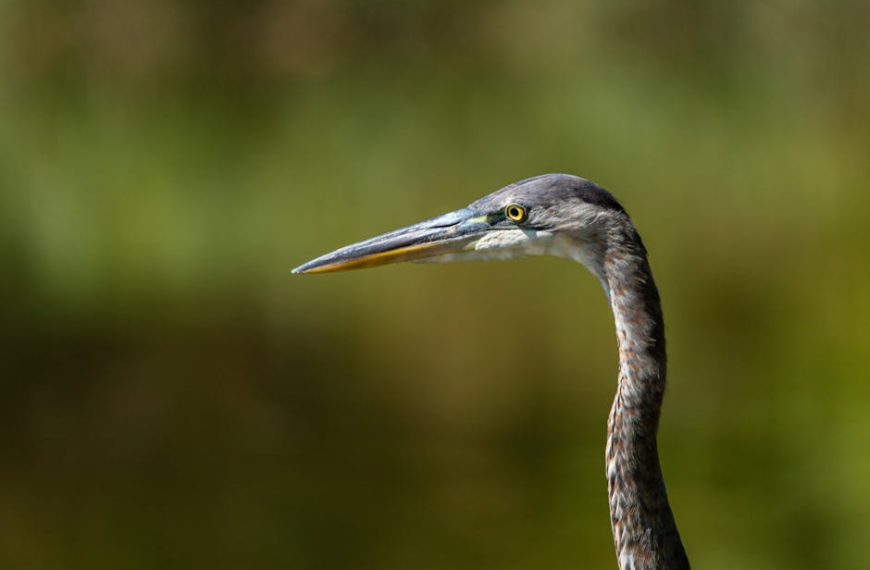Birds can add a sense of tranquility or even artistic flair to your natural environment. However, when birds choose to set cohabitation arrangements on your patio deck, there may be less tranquility and more frustration involved. From nesting in your furniture to leaving unwanted droppings, it’s understandable why you might want measures in place to deter them from your scenic patio deck. But where exactly does one start? That’s where this comprehensive guide steps in to offer practical, easy-to-implement strategies to keep birds at bay in a safe, non-harmful way.
Understanding Why Birds Are Attracted to Your Patio Deck
Before embarking on avian control measures, it’s essential first to understand why birds might be drawn to your patio deck. Two key allure factors include food availability and shelter potential.
Bird species such as sparrows, pigeons, and songbirds often frequent patio decks in search of convenient food sources. From crumbs left after alfresco dining to an unattended fruit bowl, birds are savvy about scouting their next meal. Similarly, your patio deck might also provide a safe haven for nesting, away from predators or harsh weather conditions.
Pro tip: Identify what’s drawing the birds: Regularly monitor the types of birds visiting and what they’re primarily doing on your deck. Once you grasp what’s attracting them, you can work towards eliminating these attractors effectively.
Setting Up Physical Deterrents
Physical deterrents act as ideal tools to discourage birds from roosting or nesting on your deck. Bird spikes, for starters, can prevent birds from perching on your patio deck, while reflective objects (like CD disks or aluminum foils) deter birds by leveraging their fear of bright or reflective surfaces. Bird netting, likewise, restricts access, making it harder for birds to find a conducive spot for nesting.
Physical deterrents include:
- Bird spikes: Ideal for ledges or railings.
- Reflective objects: Easy to install by hanging them around your patio deck area.
- Bird netting: Best suited for patio decks with more extensive open spaces.
Best practice: Ensure these deterrents are securely fastened and checked routinely for wear and tear. Consistency is key when discouraging winged visitors.
Coming up next, we will tackle utilizing sound and light to keep our feathered friends at bay. Stay tuned!
Using Sound and Light to Keep Birds Away
In addition to physical deterrents, auditory and visual means can also be impressively effective in keeping birds off your deck. Such methods capitalise on birds’ instinctive fear response towards unfamiliar or disruptive noise and light activities.
High-pitched ultrasonic bird repellers, for instance, produce sound waves that birds find unnerving, pushing them to seek quieter perches elsewhere. Bird scare tapes harness the power of reflective light to disorient and scare off birds while laser bird deterrents imitate predator movements, activating birds’ flight response.
Let’s evaluate some of these deterrents:
| Method | Pros | Cons |
|---|---|---|
| Ultrasonic bird repellers | Few critters develop an affinity towards the sound over time, ensuring lasting effectiveness. | May impact pets in the surrounding area. |
| Bird scare tapes | Easy to install and relatively economical. | Not aesthetically pleasing for some. |
| Laser bird deterrents | Can cover a large area and have a high success rate. | Pricier than other deterrent options. |
Checklist for maintaining and placing sound and light deterrents:
- Ensure your detectors are placed strategically for maximum coverage.
- Regularly check for any damage or need for battery replacement.
- Be mindful of your neighbors – Ensure the sound or light is not affecting them adversely.
Maintaining a Clean and Unattractive Patio
One of the most effective ways to deter birds is to maintain a clean and unattractive atmosphere. Removing potential meal offerings and reducing possible nesting spots can make your patio deck far less enticing.
Typical bird attractors include:
- Leftover food.
- Rubbish bins without lids.
- Nesting-friendly furniture or fixtures.
Best practices for maintaining a bird-deterrent environment:
- Keep your deck clean and clutter-free.
- Secure your rubbish bins with tight-fitting lids.
- Disruption of pre-existing nests can encourage birds to relocate.
Adopting Non-Harmful Bird Control Methods
Remember, birds provide massive benefits to our environment, from natural pest control to aiding in plant pollination. So, while we encourage bird prevention methods, they should never harm birds. Eco-friendly repellent sprays, natural bird deterrents like predator decoys, and even professional wildlife control services can provide humane solutions.
| Method | Effectiveness | Eco-friendliness |
|---|---|---|
| Eco-friendly Bird Repellent Sprays | Depends on the species of the bird and the formula of the spray | Generally safe for the birds and the environment |
| Predator decoys | Varies. Birds may eventually figure out the decoy isn’t real. | No impact on the environment |
| Wildlife control services | Usually highly effective | Depends on the methods the service uses |
Pro tip: When using any of the above methods, remember that consistency is key. Change your strategies periodically to ensure birds don’t become accustomed to your deterrents.
With these practical measures, you can now reclaim your patio deck while respecting our feathered friends’ role in the ecosystem! Best of luck!
Key Takeaway:
- Birds may be attracted to your patio deck due to access to food and potential shelter for nesting. Identifying the attractors helps eliminate them effectively.
- Physical deterrents like bird spikes, reflective objects, and bird netting can prevent birds from using your patio deck for perching and nesting.
- Using sound and light deterrents like ultrasonic bird repellers, bird scare tapes, and laser bird deterrents can be a highly effective way for bird control.
- Maintaining a clean and unattractive deck is crucial to discourage visits from birds. Regularly clean your deck and remove any potential nesting spots.
- Adopt eco-friendly and non-harmful bird control methods like bird repellent sprays, predator decoys, and consulting with wildlife control.
While it’s understandably frustrating when birds choose to set up house on your patio deck, remember they are vital to our ecosystem. Transform your stress into action by trying out the practical strategies outlined above. Keep the bird control methods constant to ensure effectiveness, but also ensure they are non-harmful methods. Your deck will remain serene, and our feathered friends will remain integral parts of nature.
FAQs
Q: How long do I have to apply these bird control measures?
A: It really depends on the bird population in your area. If you no longer see birds coming to your patio deck, it means your strategies are working, but it’s important to continue applying these measures to ensure long-term deterrence.
Q: Will the ultrasonic bird repellers affect my pets?
A: There’s a possibility it could impact your pets, especially if they have a sensitive sense of hearing. It is recommended to consult with the manufacturer or your vet before using any ultrasonic device.
Q: Can I use homemade bird repellent sprays?
A: Yes, you can make your own bird repellent sprays using non-toxic and bird-safe ingredients. Make sure to research properly on bird-safe ingredients and review any local regulations about bird control.
Q: Are predator decoys like owls or snakes effective in scaring away birds?
A: Predator decoys can sometimes be an effective method to deter birds, as they simulate a natural threat. However, birds are intelligent creatures and may eventually figure out that the decoy is not real.
Q: Is a professional wildlife control service necessary?
A: It is not always necessary but can be highly effective, especially if the bird issue is severe. Professional services understand the local laws and regulations about wildlife control and usually use humane and eco-friendly methods.
Don’t forget to share this article with others who may also find it helpful. There are plenty more posts to explore on our website!












